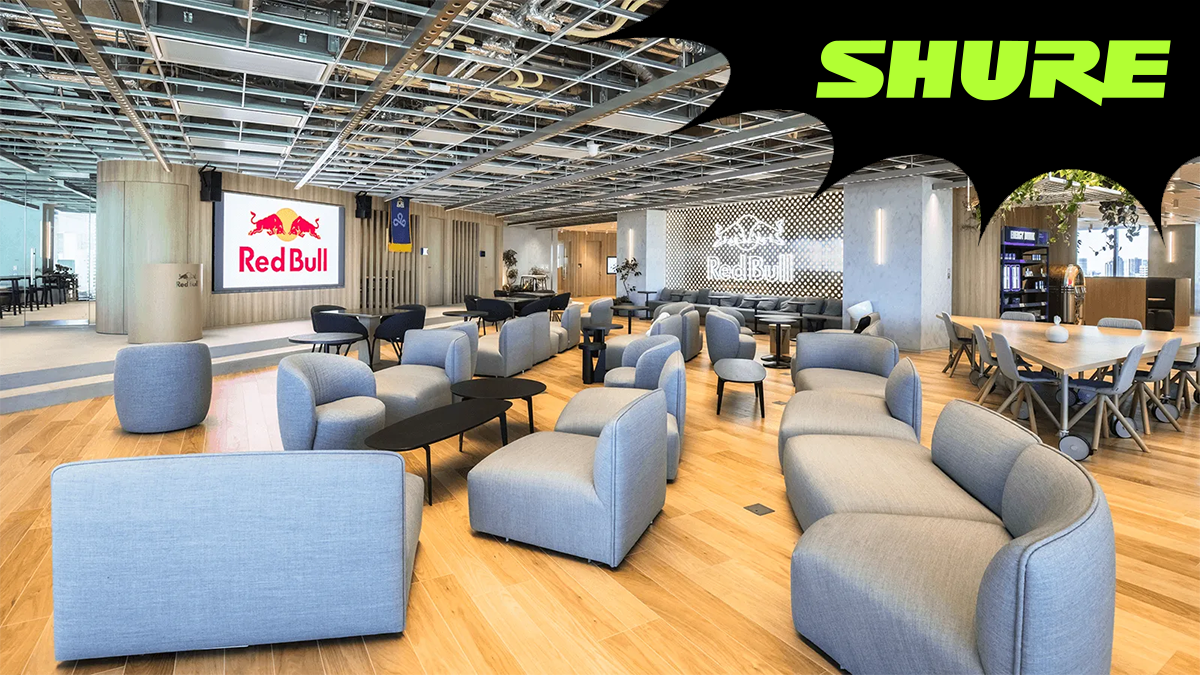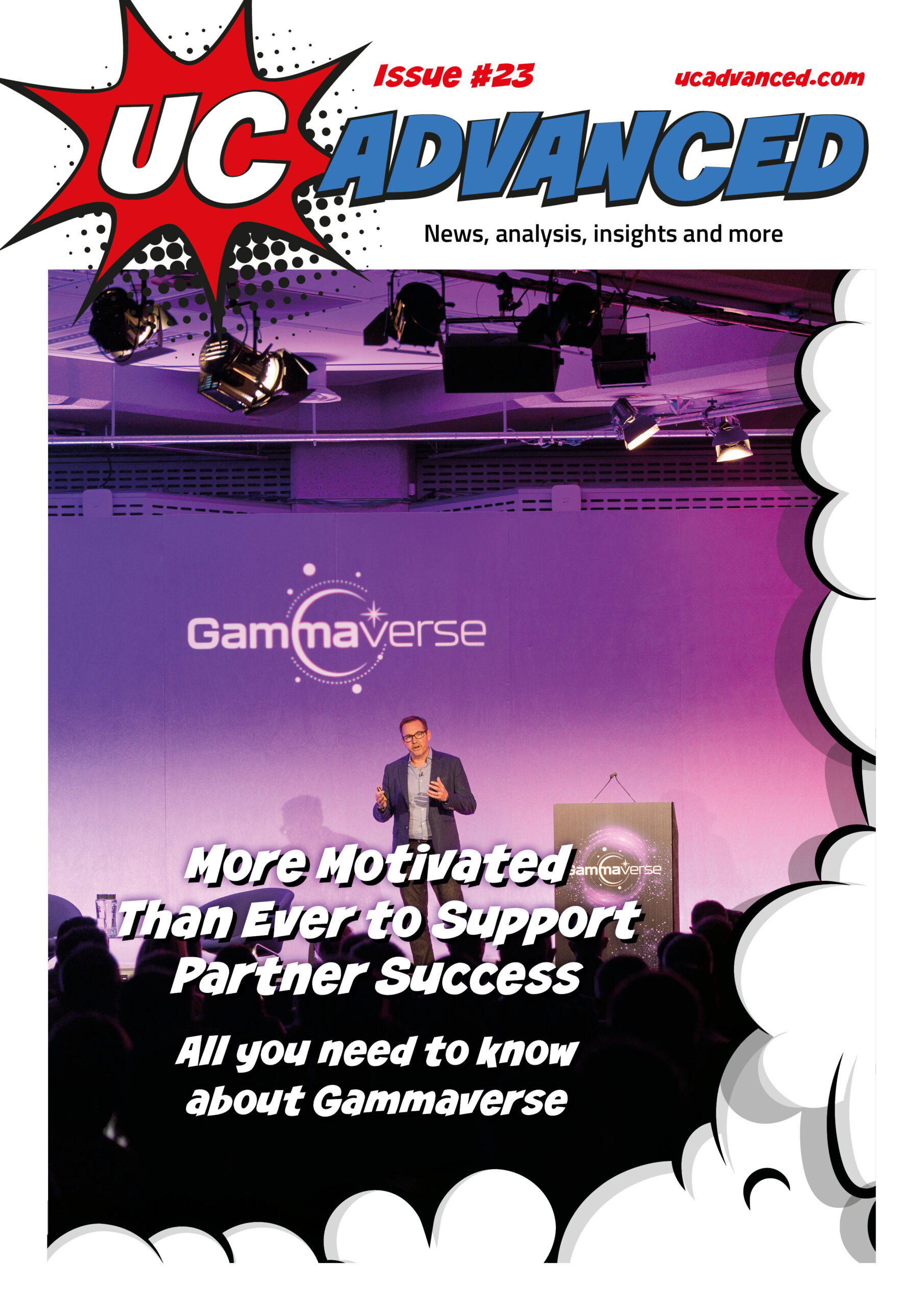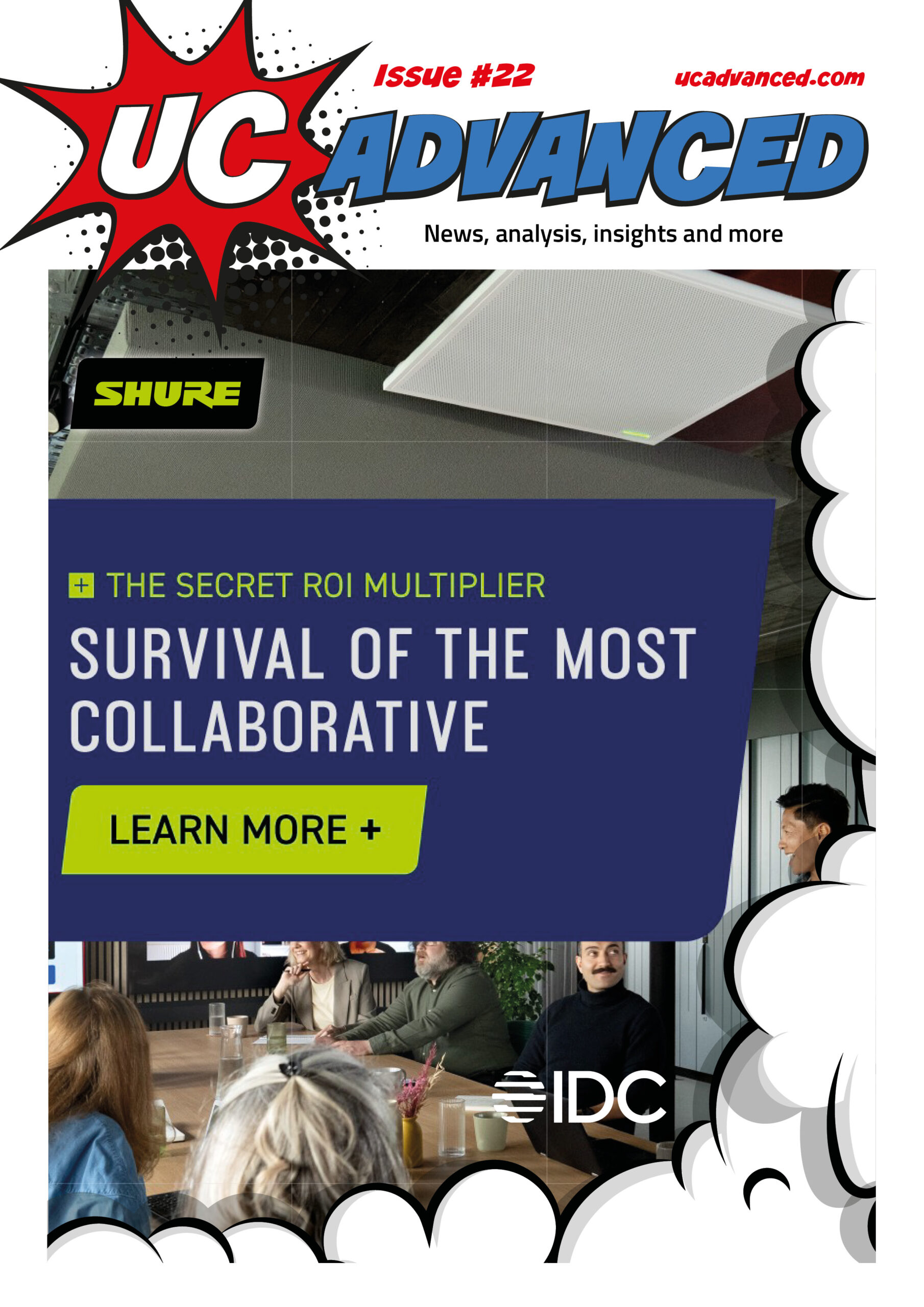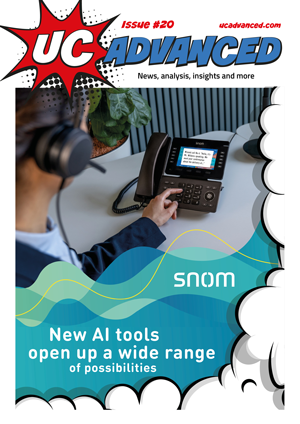As future-of-work and return-to-office strategies evolve, so do physical workplaces. Organisations are redefining environments to prioritise collaboration, transforming traditional offices into dynamic “community hubs” that foster interaction and teamwork. This includes replacing rows of fixed desks with versatile arrangements featuring breakout areas, shared workspaces, and technologically integrated environments.
These reimagined spaces are designed for flexibility, accommodating collaborative projects, training sessions, and informal meetings. The goal is to create engaging and adaptive environments where employees can easily transition between different types of work, thereby enhancing communication, innovation, and productivity.
However, this emphasis on communal areas brings heightened noise levels. Often seen as an inevitable part of modern office life, noise can severely impact employee productivity by increasing cognitive load, making it hard to concentrate and contributing to stress and reduced well-being. Studies have also linked high noise levels in open offices to decreased job satisfaction, potentially leading to higher turnover rates.
Even enclosed meeting spaces can become noisy and disruptive due to varied factors – from physical space design and external noise sources to the number of participants and the nature and intensity of discussions – with the compound effects impacting both on-site and remote participants. These issues can detract from the clarity of discussions, participant focus, and decision-making.
The Basics: Acoustic Design
The combination of thoughtful space design practices and advanced audio technology can have a huge influence in eliminating auditory disruptions and help to create a balanced setting that supports both collaboration and individual focus.
For example, installing acoustic treatments such as the use of sound-absorbing panels and materials can significantly reduce ambient noise. Furniture arrangement and the use of partitions can further help to create micro-environments that help control noise levels in focus areas.
Organisational strategies like zoning different areas based on activity type are also ideal for reducing noise in open spaces. Some organisations establish scheduled quiet hours, or designate specific quiet zones that help manage noise depending on the nature of the work being performed in different areas.
Enabling Individual Employees with the Right Gear
For hotdesking and desktop-based video conferencing, providing employees with professional audio equipment is another option to avoid irritating background sounds both for the individual employee and the person they’re talking to remotely. Noise-cancellation headphones like Shure’s AONIC 50 Gen 2 allow workers to maintain focus on the task or conversation at hand. Desktop microphones like the popular MV7+ podcast mic are a great solution to enhance speech while reducing background noise in online meetings through features like Voice Isolation Technology and a DSP engine with Real-Time Denoiser.
Combat Noise Challenges through Meeting Room Audio Solutions
Audio technologies are an even more critical enabler in meeting spaces. High-quality, reliable speech capture and reproduction are essential for efficient communication and collaboration, garnering increased attention from IT decision makers. Beyond mitigating the effects of background noise, advanced audio solutions for video conferencing can help to avoid repetition or potentially costly misunderstandings. Capturing vocal nuances in interactions also makes a huge difference in team dynamics, productivity and decision processes.
Clear, noise-free voice capture and seamless AV system integration with collaboration platforms also opens opportunities for more effective use of meeting AI tools, such as more accurate talker identification, transcription, personalised note-taking etc.
Shure continues to set and up the benchmark for superior, versatile audio solutions and offers a wide range of options for different budgets and spaces. Shure’s Microflex Ecosystem, including the Microflex Advance (MXA) line of array microphones, showcases how cutting-edge technology can eliminate unwanted sounds and improve interactivity in hybrid meetings. The latest MXA firmware version 6.2 in particular introduces sophisticated new capabilities to combat noise challenges in meeting spaces:
• Virtual Acoustic Boundary technology (available in the MXA920 Ceiling Array Microphone) detects voices or noises coming from outside of specified microphone coverage areas through “hidden” pickup lobes and digitally removes them from the audio mix. This helps to actively tune out sounds that may acoustically carry over from nearby conversations or noise sources, and can be particularly useful in open collaboration spaces.
• Speech Gating Threshold and Enhanced Noise Filtering work together to help discern between voices and noises. This can prevent noises such as shuffling paper, chip bags and keyboard typing from activating microphones. When another meeting attendee opens e.g. a bag of chips, the people on the far end of the call won’t hear it. It also removes any residual trace of that noise from the active talker.*
• Automatic Noise Reduction reduce background noise in the room and Non-Linear Processing prevent residual echo that is not eliminated by the Acoustic Echo Cancellation algorithm. These functions can also be operated in an “auto” mode, that dynamically adapts to the acoustic environment.
While Shure MXA microphones have powerful digital signal processing already built-in, some noise challenges require additional solutions. * Shure’s IntelliMix Room DSP software includes an AI Denoiser that removes noise from an active talker while maintaining clear speech quality. Even when humans are not creating distracting sounds, reflective surfaces can seriously degrade intelligibility, even in quiet spaces. When acoustic treatments are insufficient, the IntelliMix Room DSP’s AI Deverb algorithm removes reverberation in real time to preserve natural speech quality for remote listeners.
Although rapid technological advancement helps address many workplace challenges, no single solution can fully eliminate pervasive noise issues. By adapting workplace strategies, employing thoughtful space design, prioritising acoustics, and selecting appropriate technical solutions, organisations can create effective spaces that balance collaboration and focused work, fostering productivity, communication, and employee well-being.












